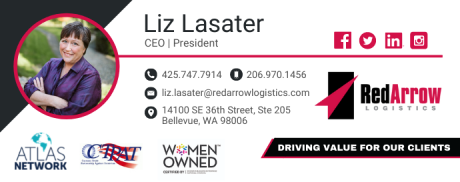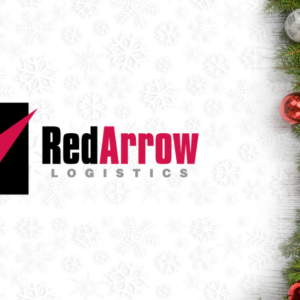Since the start of the pandemic, globalization has been forced to change, although it is still accelerating. The international exchange of goods and services, technological innovation, and the increasing number of online shoppers are helping to create a new form of globalization, one that has been critical for many businesses to adopt in order to survive. Non-essential retailers and brands that have closed physical stores are now looking for new opportunities to flourish in the new normal.
Cross-Border Sales Skyrocket
According to eMarketer, global retail sales in 2020 grew by more than 27% year over year, with worldwide shoppers reaching 2.28 billion. Global e-commerce is expected to have an even bigger year than last year. The reason for the boom in cross-border sales is not only because more customers are shopping online but also geographic considerations are no longer a factor with the availability of online shopping.
Many consumers are going from big-box stores like Walmart and Target to smaller, private brands. By selling cross-border, retailers who sell to customers in other countries are offsetting some of the decline in sales due to the falloff of shopping in physical stores. The decrease in brick-and-mortar sales and a crowded domestic e-commerce market means expanding to an international customer base has offered an opportunity to drive revenue growth. There are several ways in which retailers can capitalize on the growth of cross-border sales.
Enhance the Customer Experience
Consumers have come to expect easy online buying transactions. Delivery timeframes with real-time tracking capabilities, easy returns, preferred methods of payment, and a seamless digital experience are expected by most e-commerce shoppers. For international shoppers, the online experience must take into account the correct currency, import regulations, and shopping
International customers must be offered the same choice, convenience, and care as domestic customers so a wide variety of currencies and payment options, international shipping capabilities and a final landed cost are all part of attracting an international customer base.
Localization
Speaking to international customers in their language means more than just providing text in a language that is comfortable to them. It includes developing a localized buyer persona and changing website language and marketing information to speak to the customer. Awareness of local content norms including quality, variety, photography, and apparel sizing are all key to growing this market. In addition, a promotional calendar based on major shopping holidays that are unique to the customs, such as Black Friday, will take advantage of local events.
If customers cannot pay with a preferred payment method or local currency, it may result in an abandoned cart. Not being able to see the total cost upfront is one of the reasons that customers abandon their carts so fees and taxes should be apparent, as well as a prepayment option for duties and taxes.
Fulfillment and Shipping
Another potential obstacle in cross-border selling is getting the items to the customer. Logistics and fulfillment must be reviewed in accordance with local shipping systems. A review of the logistics and transportation systems is necessary. For example, will local warehousing and stock management be necessary? There must be a reliable postal system otherwise your company might not be able to supply the final mile delivery. And of course, what will the cost for shipping be for the customer.
Customs and Duties
Each country has its own set of customs, taxes, and duties that must be paid. For example, the U.K. leaving the E.U. means understanding how to deal with purchases made from customers there. Retailers selling to the U.K. must now include the 20% local tax (VAT) on all cross-border purchases, with the end of the previous $18 VAT exemption threshold. Retailers selling to the U.K. market also must be registered for U.K. VAT so they are able to collect and submit the tax to local authorities. No matter where you sell, your business must be aligned with all rules and regulations.
Frequent changes to regulations can make it difficult to keep up to date on all the necessary taxes and duties. Brands can partner with international e-commerce providers who can manage all processes and ensure that the seller’s international offerings meet all local standards as well as customers’ expectations.
Businesses that are able to adapt to the major changes in the e-commerce marketplace will be able to operate and grow on a global scale. As the global e-commerce economy changes, retailers and brands should seize the opportunity to expand their business and keep up with the fast-changing global e-commerce market.
Your Trusted Partner
At Red Arrow Logistics, we provide expertise and white glove customer service with fast-growing, complex, and high-value supply chains. As the next-generation model of logistics companies, we offer tailored transportation and logistics solutions — from single shipments to complex over-dimensional and international orders.
Red Arrow offers the scale and scope of services including air, ocean, and ground transportation to meet the budget and schedule requirements of the largest and smallest companies alike. If we can be of assistance, please email us at info@redarrowlogistics.com or give us a call at 425-747-7914.





